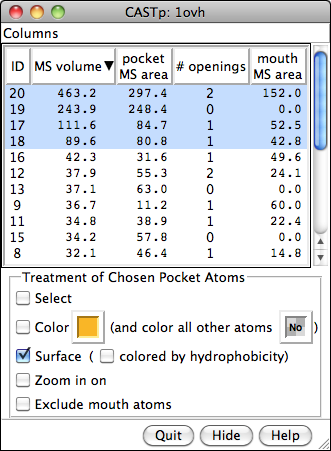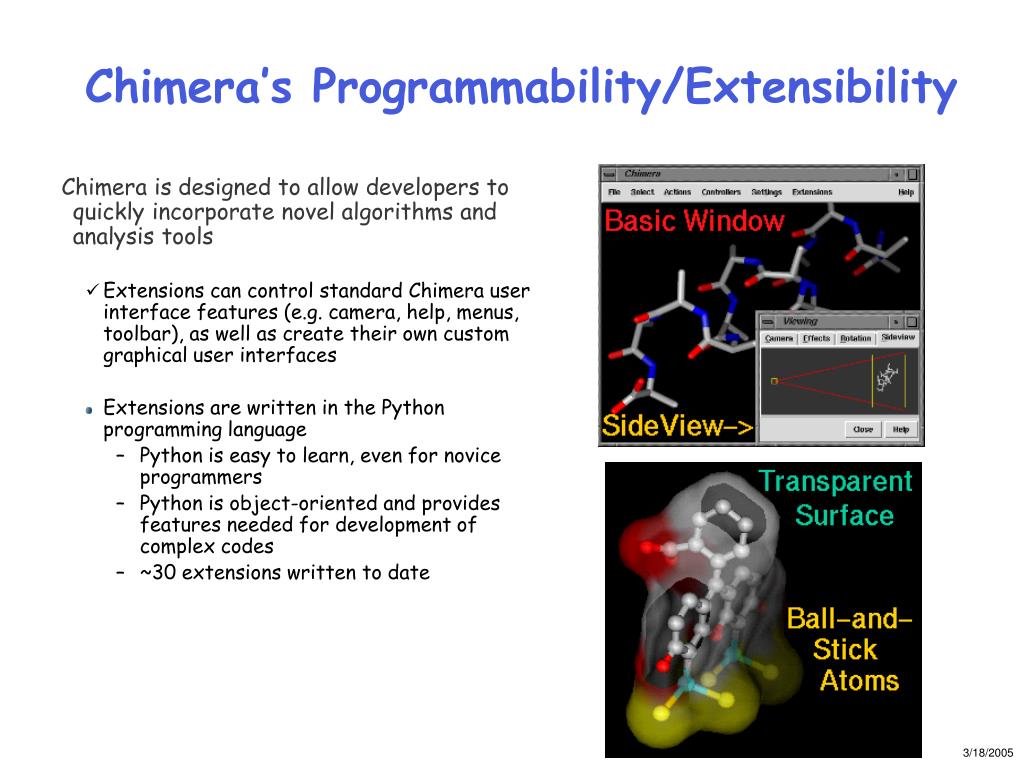

For some of the RINalyzer tasks, an additional node attribute called "RINalyzerResidue" is needed and it should be formatted as follows: modelName:chainID:residueIndex:insertionCode:residueType, whereas missing values are substituted by an underscore. The format is: #], whereas modelName should be either 1) a 4-character PDB identifier 2) a file path enclosed by quotation marks 3) an URL enclosed by quotation marks. Requirements and format specificationsĪ node is associated with a PDB structure, a protein chain, or a single amino acid residue, if the correctly formatted information is contained in any of the string (list) attributes: "Structure", "pdb", "pdbFileName", "PDB ID", "structure", "", "pdb_ids", "ModelName", "ModelNumber". StructureViz provides support for launching UCSF Chimera from Cytoscape, keeps track of open structures and automatically associated them with the corresponding networks, nodes and edges in Cytoscape, given that the nodes are correctly annotated.ģ.2. Open a PDB in UCSF Chimera from Cytoscape > and enter the path at the bottom of the dialog.ģ. In case UCSF Chimera is not installed in one of the default locations, the path to the executable needs to be set manually each time Cytoscape is started (will be saved automatically in the next release).

Copy the Cytoscape apps to the directory CytoscapeConfiguration\3\apps\installed in your user's directory. Download and install Cytoscape and UCSF Chimera. The daily build of UCSF Chimera for generating trajectory networks Cytoscape apps: structureViz2, RINalyzer2, setsApp Cytoscape 3.1.0 (unofficial installer is available at ) structureViz provides a rich interface for the interactive communication with UCSF Chimera, while RINalyzer supports the advanced visualization and analysis of residue interaction networks (RINs). Starting with a protein interaction network in Cytoscape, the user can visualize the experimentally derived structures of selected proteins in UCSF Chimera and then use these to generate and explore residue interaction networks in Cytoscape. Here, we present a computational framework that combines network and structural biology by means of our tools structureViz and RINalyzer.


 0 kommentar(er)
0 kommentar(er)
